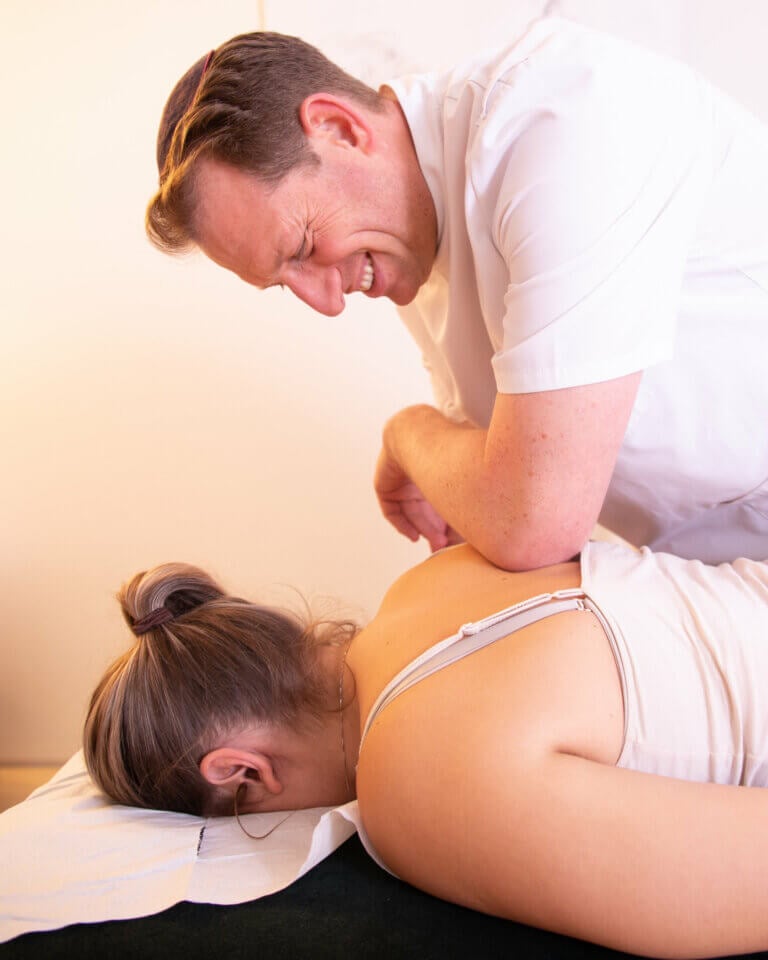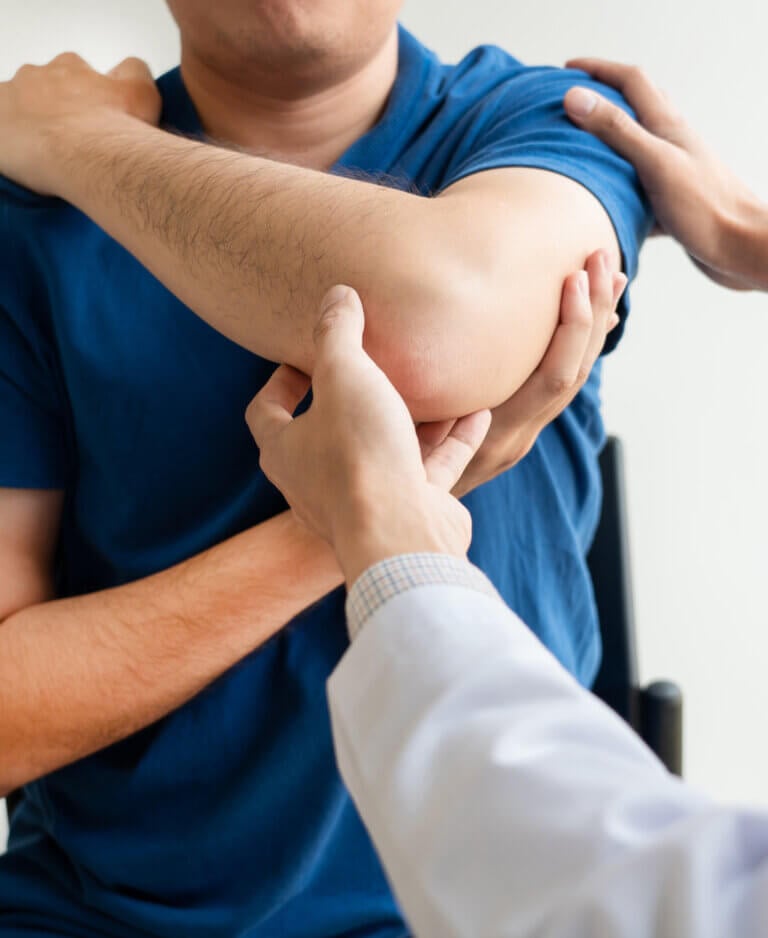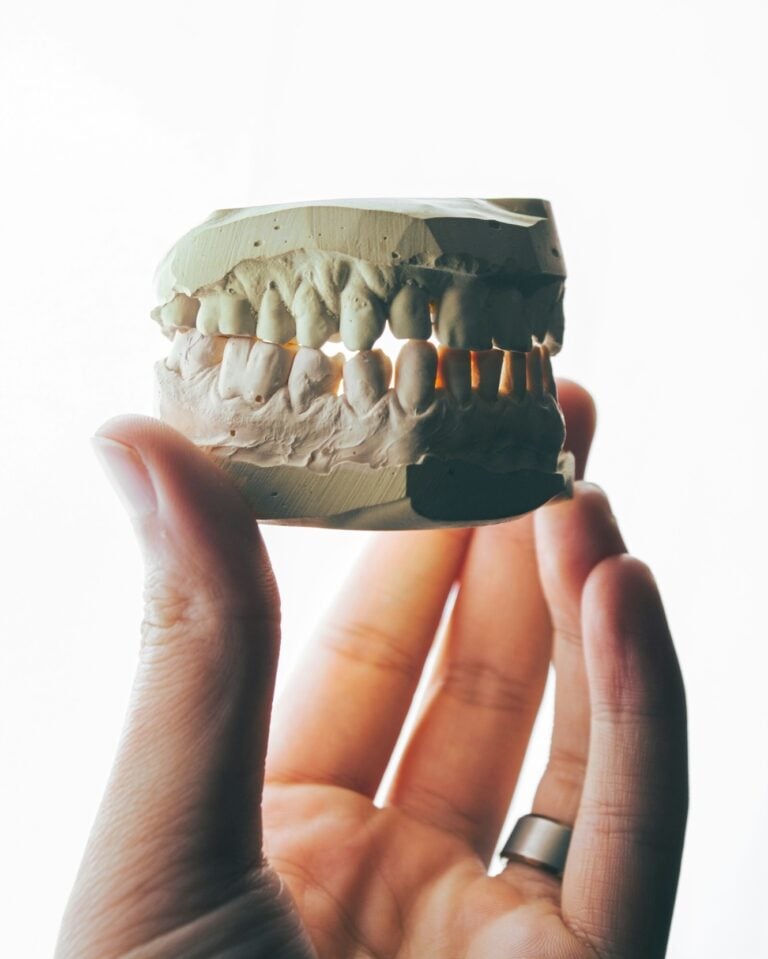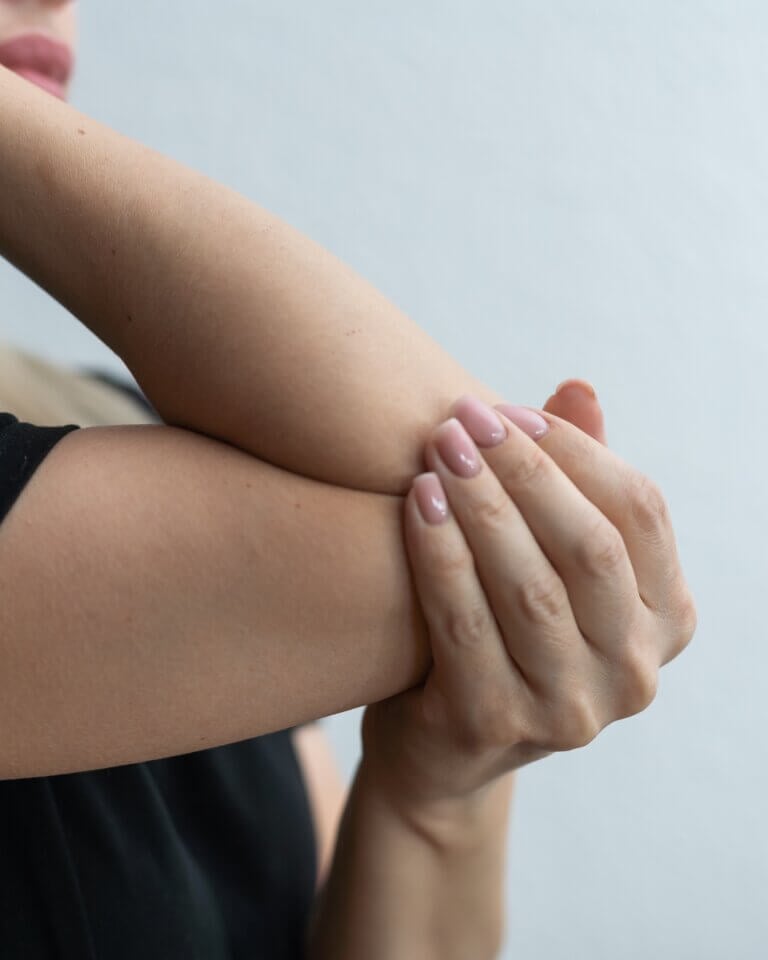Whether the result of recklessly lifting that couch you suspected was too heavy; poor posture that leaves you hunched over a keyboard for 8 hours a day; or simply sleeping at slightly the wrong angle if you’re over the age of 35, back pain is a reality that pretty much everyone will experience in their lifetimes. It’s so common, in fact, that back pain is the leading cause of employees taking time off from work in the UK (The Institute of Occupational Medicine (IOM)), resulting in up to 7 million GP visits annually.
Unfortunately, back pain doesn’t seem to be a problem that’s on the decline. A recent article in The Guardian discusses how the rise in remote work is leading to an epidemic of back and neck pain as we become more sedentary. Although back pain can often be treated promptly and effectively through physiotherapy, the NHS is facing a shortage of physiotherapists, leaving many on endless waiting lists (Goodier and Gregory).
Osteopathy is a highly effective alternative to physiotherapy that combines many of the practices used in physiotherapy with a deep understanding of soft tissues and proven alternative medicines such as acupuncture, dry needling, and electrotherapy. This multi-pronged approach not only brings much-needed relief but also increases blood flow, reduces inflammation, and supports long-term healing and strengthening of the back.
Contact Stephen Sacks Osteopathy for effective and affordable back pain osteopathy for:
- Muscle Strain
- Herniated Discs
- Arthritis
- Poor Posture
- Osteoporosis
- Sciatica
- Scoliosis
- Post-operative Pain
- And much more

Please feel free to contact me in Harley Street or Highgate to discuss your back pain.









